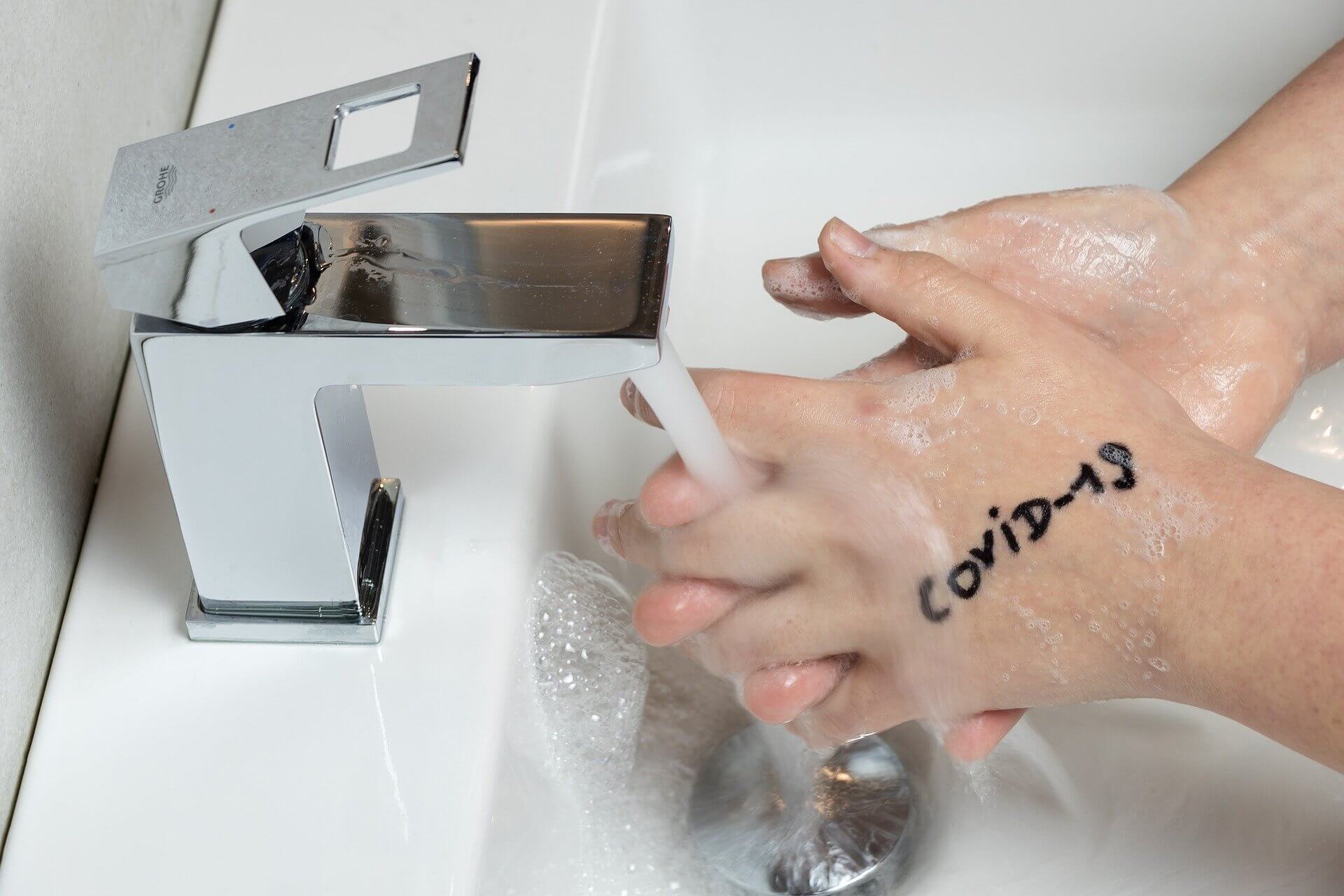How to Clean Your Washing Machine Using Simple Methods
At eMop, we know how important it is to have a clean washing machine. Overtime washing machines turn into a hub for germs and viruses. A study by researchers at the University of Arizona, reveals viruses found in washing machines include hepatitis A virus, norovirus, rotavirus and E. coli. Regular domestic cleaning London services can also help in maintaining hygiene in your household, including your washing machine.
The researchers found running a cycle of underwear can contain around “100 million E. coli in the wash water” which can find its way into your next cycle of washing.
For hygienic reasons, it is therefore mandatory to give your washing machine a frequent cleaning. A frequent cleaning can also extend the shelf-life of your washing machine by keeping it in a healthy condition longer. Follow these simple instructions and methods on how to clean your washing machine from eMop or consider deep cleaning services for thorough maintenance.
Review your manual guide first
Before you start cleaning, we recommend you check your washing machine’s manual for instructions on how to clean it. Some manufacturers do not recommend the use of certain products on their machines.
eMop’s suggested methods of cleaning are safe and should not cause any damage to your washing machine, but be on the safe side and check before following our cleaning advice and tips.
Two-step process using baking soda and white vinegar
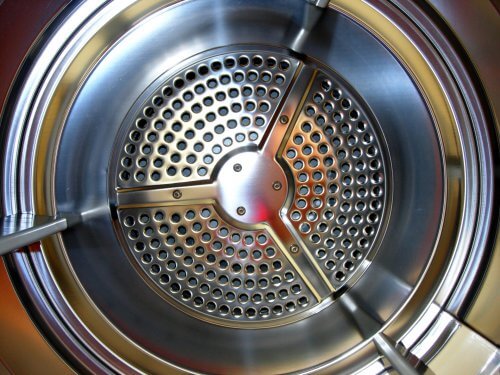
This two-step cleaning process will scrub away dirt and disinfectant your washing machine – leaving it clean and free from bad odour.
1. 2.5 cups of baking soda
Take two cups of baking soda and place it directly inside the washing machine’s drum. Out of the remaining 0.5, put half of it on the rubber seal, not just on top but also on the surface underneath – lift the rubber and get it underneath – cover the entire surface. Place the rest inside the detergent drawer.
Once done, turn your washing machine on, using the hottest and the longest cycle. The baking soda will act as a scrubber, and should clean the inside of your washing machine with the help of the hot water. Baking soda is also great for removing bad odours.
The detergent drawer is one of the places where a lot of germs and mould accumulate, so it is important to clean it thoroughly. Pull it out of the washing machine and grab a toothbrush, or a small cleaning brush, and washing up liquid and start scrubbing off the dirt. Instead of the washing up liquid, you can also use a small amount of baking soda to help you to scrub the dirt off.
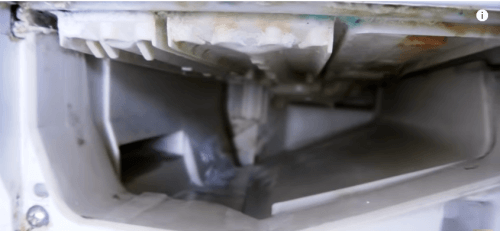
You will probably notice that your detergent drawer recess also needs a good cleaning. Grab a brush, pour some washing up liquid on it and scrub the dirt off. Once done, wipe the area dry before putting the detergent drawer back into its place and continuing on to step-two.
2. 2.5 cups of white vinegar
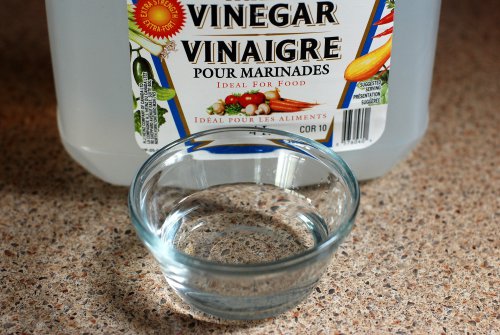
For the second part of this cleansing process, measure 2.5 cups of white vinegar and place the content inside the drum of your washing machine. To remove bad odours, you can add a few drops of your favourite liquid detergent to the content. As before, choose the hottest and the longest cycle and turn your washing machine on.
Once the cycle is complete, use a damp cloth to give the rubber seal a gentle wipe to remove any remaining dirt. Lift the rubber, to give the inside a good wipe, too. Keep the door open to air-dry the inside of the drum.
When the detergent drawer is not clean enough
If your detergent drawer is not quite clean and you can see mould, or find it smelly, after these two steps, you should take it out and place it in a bucket filled with hot water. Add a tiny amount of bleach and washing up liquid to the bucket and let it soak in there until it is clean.
Another option is to clean it in your dishwasher – if you have one – place it in one of the trays and clean it as you would clean your dishes.
Cleaning the filter
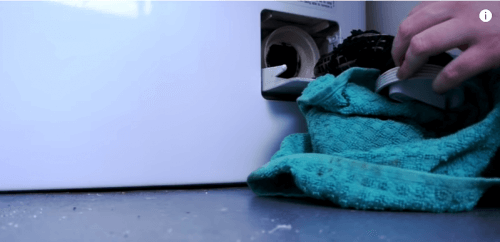
The filter, which is an attachment at the bottom of your washing machine, can also accumulate germs and mould – leading to smelly odours – to keep your machine in a healthy state you should take care of it. The filter protects your washing machine by collecting harmful debris and substances, including coins and hair, and in the case of the image above, papers too.
If your washing machine has a fixed filter, read the manual for guidance on how to safely remove the cover and the filter. When you understand how, take out the filter and remove any hair or fluff, and wash it using hot water mixed with soap. You can give it a good scrub using a small brush or a toothbrush.
We recommend you do this two-step cleaning once every two to three months to keep your washing machine in a good condition.
Other cleaning ingredients and methods
Instead of the two-step method above, using vinegar and baking soda, you can use other ingredients. Try these one:
Mix baking soda and citric acid
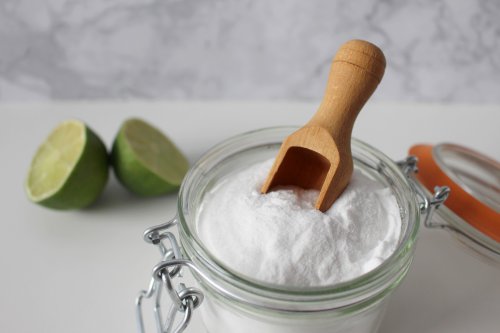
Remove the vinegar and mix baking soda with citric acid. This mixture is perfect for getting rid of build-ups and bad odour.
eMop’s suggestion is to mix a cup of citric acid and a half a cup of baking soda, place the mixture inside the drum, and as with our previous recommendations, turn on your washing machine using the hottest and the longest cycle. Follow the rest of the steps above.
Use hydrogen peroxide to clean your washing machine
Hydrogen peroxide is also great for cleaning washing machines as it has the ability to remove mould, limescale and germs. Depending on the level of dirt and the condition of your washing machine, you can mix between 0.5 to 1 litre of hydrogen peroxide with some water and pour the content inside the drum. As with the other methods, run it using the hottest and longest cycle.
Clean washing machine with dishwasher tablet
Another method you can try is to clean your washing machine using a dishwasher tablet – take one that is not wrapped in a package. Take the tablet and place it inside the detergent drawer and close it. Once again, pick the hottest and the longest cycle to clean. When the cycle is complete, if you see any residues left inside the detergent drawer, wipe it off.
How to maintain a clean washing machine
To keep your washing machine in a clean condition regularly, there are a few things you can do after every wash.
Follow these tips to maintain a clean washing machine…
Keep the door open after washes
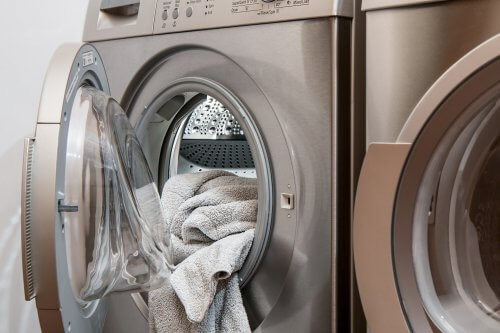
Keep your washing machine door open after washes because the moist condition created inside is perfect for mould and germs to thrive in. It is what leads to the unpleasant smell that hits you the next time you open it.
By leaving the door open after cycles, you let the hot air to escape and fresh air to circulate inside the drum. This reduces germ build up and bad odours.
Remove dirt from the rubber seal
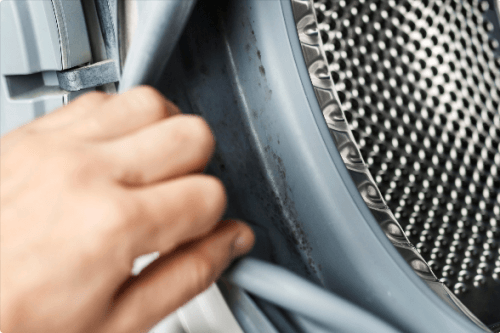
Excess detergent and dirt can hide inside the rubber seal, and if not cleaned can become a breeding ground for germs. After washes, use a damp cloth to give this area a good wipe to remove any dirt, and dry it.
Wash the detergent drawer
Wash the detergent drawer regularly. Take it out after every few washes, and if there isn’t a big build-up, hold it under hot water to remove any small build-ups. If there is already a build-up, clean it as suggested above using hot soapy water or baking soda.
Regular cleaning will prevent build-ups that can lead to foul smells.
Reduce the amount of detergent you use
Today’s detergents and washing powders are more effective than ever before, so you really don’t need a lot to get your clothes perfectly clean. The manufacturer’s instructions may recommend a certain amount, but we believe you can get your clothes cleaned with less.
Reduce the amount of detergent you use, and especially for regular washes – not only will it save you money, but you will also benefit the environment, and the condition of your washing machine. As you probably noticed, excess detergent in the detergent drawer can lead to smelly build-ups and mould. By reducing the amount of detergent used you will see less of this, and therefore maintain a cleaner, less smelly drawer.
Use detergent made for high-efficiency (HE) washing machines; they produce fewer suds, which reduce the chance for mould and germs to grow.
Don’t leave clean clothes in the washing machine
Don’t leave clean clothes in the washing machine for too long as it can lead to mildew and bad smell if done regularly. As soon as a load is done, take it out and leave the door ajar.

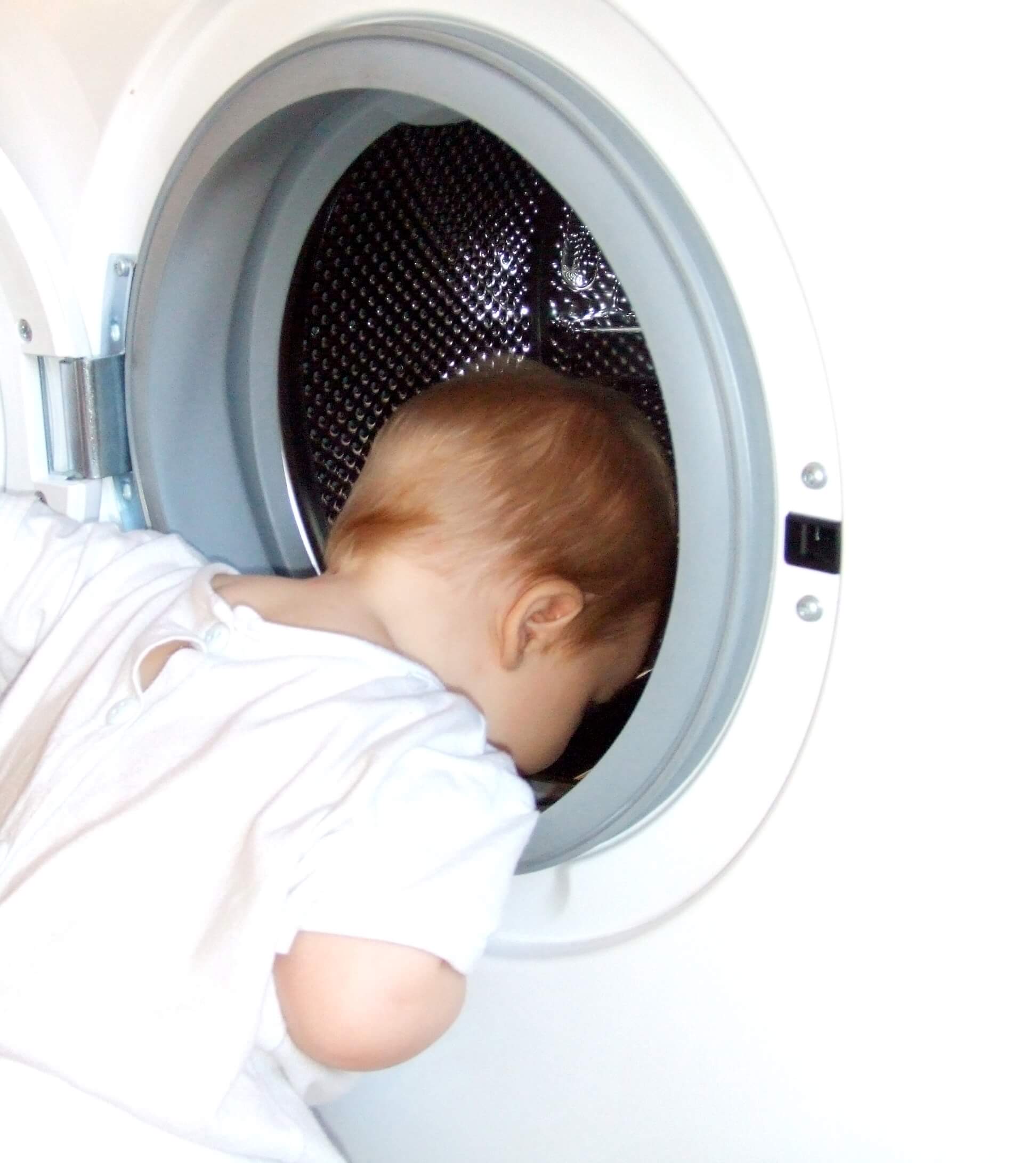


 Blog
Blog
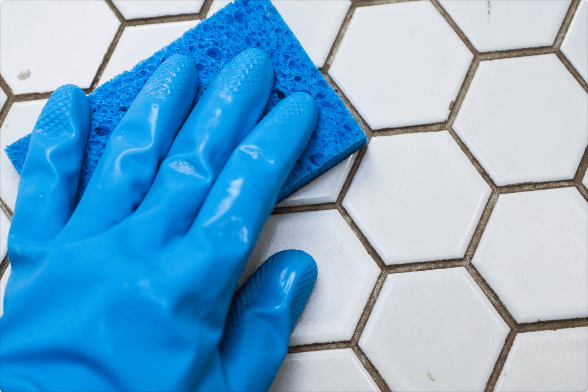
 Previous Post
Previous Post